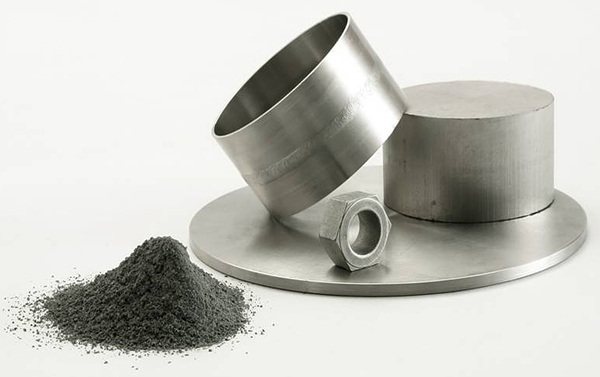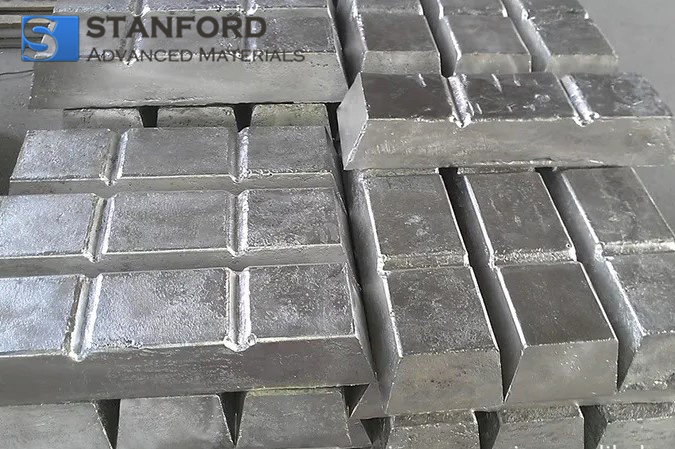New 3D Printing Material-Refractory Metal
Stanford Advanced Materials solved the challenge of converting refractory metals into 3D printing materials. Our company produces spherical powders from high‐melting‐point metals for 3D printing in large quantities. They are employed in critical components within the aerospace industry.

Materials such as tungsten, molybdenum and rhenium exhibit high melting points. For example, tungsten has a melting point of 3 410 °C. Converting these metals into spherical powders for 3D printing is challenging. These metals offer high temperature resistance, corrosion resistance, high hardness and a low coefficient of thermal expansion. They are utilised in the aerospace industry. Germany, the United States, Japan and other countries currently possess the core technologies for the equipment and materials required to produce spherical metal powders for 3D printing. The production process is industrialised and underpinned by established technical standards for powder raw materials and product fabrication. SAM provides ultra‐fine spherical metal powders for 3D printing that meet industrial requirements for material purity, sphericity, spheroidisation rate and batch stability.
In the plasma spheroidisation technique, dispersed non‐spherical powder is rapidly melted by passing it through a plasma zone. Surface tension causes the melted droplets to adopt a spherical shape. After rapid solidification, a spherical powder from high‐melting‐point metal for 3D printing is produced. The powder material undergoes surface treatment and modification. Its packing density is twice that of non‐spherical powder. Its sphericity reaches 90% or more, its spheroidisation rate reaches 85% or more, and its average particle size is below 40 μm. The production of spherical powder from refractory metals for aerospace components addresses the gap in the manufacture of high‐quality spherical refractory metal powders.

 Bars
Bars
 Beads & Spheres
Beads & Spheres
 Bolts & Nuts
Bolts & Nuts
 Crucibles
Crucibles
 Discs
Discs
 Fibers & Fabrics
Fibers & Fabrics
 Films
Films
 Flake
Flake
 Foams
Foams
 Foil
Foil
 Granules
Granules
 Honeycombs
Honeycombs
 Ink
Ink
 Laminate
Laminate
 Lumps
Lumps
 Meshes
Meshes
 Metallised Film
Metallised Film
 Plate
Plate
 Powders
Powders
 Rod
Rod
 Sheets
Sheets
 Single Crystals
Single Crystals
 Sputtering Target
Sputtering Target
 Tubes
Tubes
 Washer
Washer
 Wires
Wires
 Converters & Calculators
Converters & Calculators
 Write for Us
Write for Us

 Chin Trento
Chin Trento



